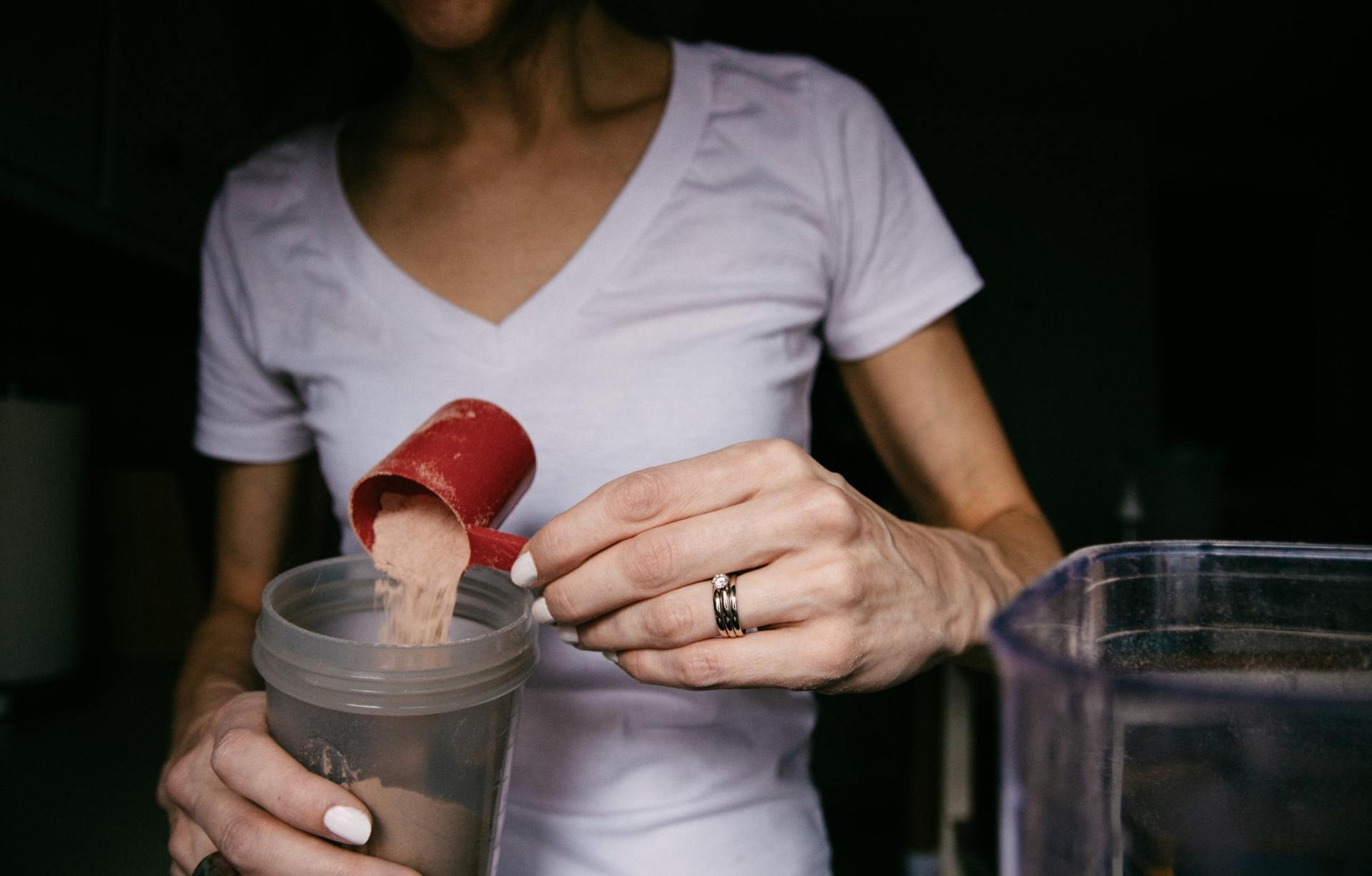Post-Workout Nutrition
by: Julia Bresner
Last week, we discussed the importance of pre-workout nutrition and its positive impact on performance. Now let’s round out our workout and discuss how essential post-exercise nutrition is for recovery and progress. Note: this post pertains to how you should refuel immediately following your workout, In other words, within 30-60 minutes post-workout.
I’ll answer these questions: What are the benefits of eating after a workout? Why is it necessary? What should I eat and how soon after?
When we workout intensely, we stress our muscles, use fuel, and deplete our muscle glycogen (the healthy storage form of carbohydrates). These stressed and depleted muscles require recovery. Ultimately, the stress/recovery cycle is what makes us stronger, leaner and fitter. When you consume the right food after a workout, protein synthesis is stimulated (repair of stressed muscle) and protein breakdown is suppressed. (Losing muscle mass). Below are the main benefits of giving your body proper nutrients post-workout:
- Less muscle soreness
- Improved recovery
- Increased ability to build muscle
- Improved immune function
- Improved bone density
- Improved ability to utilize body fat
What is the best fuel for recovery and progress?
The first macro-nutrient is carbohydrate (CHO). Most of the energy for our workouts comes from carbohydrate we’ve stored in our muscles. This is glycogen. How much we use depends on how long and intense our exercise is. An intense workout will deplete muscle glycogen, therefore we need to refuel with carbohydrates to replace what we’ve spent. Simple sugars that are fast-digesting are best after a tough workout. They will get to your system quickly and replace the glycogen and glucose lost during the activity. For the average exerciser, consume 0.8 grams of carbohydrate per kilogram of body weight post-exercise to do the trick. For an elite athlete or a longer workout, more glycogen is used up during activity, and having 1.2 grams per kilogram of bodyweight post workout will be of great benefit. See the table to see what this means to you.
It is also crucial to feed your body some protein to stimulate protein synthesis and inhibit protein breakdown. For the average person and an average workout, a 2:1 ratio of carbs to protein is sufficient. This means that for every 2 grams of carbs consumed, 1 gram of protein is consumed. For an athlete who carries out more intense exercise or longer bouts, a 4:1 ratio of carbs to protein will be required.
Which ratio is for you?
A workout that feels challenging and leaves you feeling invigorated yet somewhat depleted warrants a 2:1 CHO/PRO ratio. Up to two cups of vanilla yogurt is a quick go-to for this ratio. A workout that totally wipes you out, exhausts you and makes you feel like you need a nap, the 4:1 ratio may be what you need to refuel your body. A pint of chocolate milk (slightly higher than 3:1 CHO/PRO) is super quick. Liquid nutrition works very well for this. It is the fastest way to get the macro-nutrients you need. This form of nutrition can be easily and rapidly digested, and is usually tolerated well after a workout. Some other examples are:
- Shake made with banana, low fat or nut milk and a small scoop of protein powder (whey, rice protein, plant protein or egg white protein)
- Shake with plain Greek yogurt, milk and frozen berries
- Shake with protein powder plus dark leafy greens (like spinach or kale), celery, apple and ginger
If liquid nutrition isn’t your thing, try having whole foods to refuel. Some great simple examples include a banana/apple with peanut butter, a slice of bread with banana slices, nut butter and a dollop of honey, Greek yogurt or cottage cheese with fruit.
When is it best to re-fuel post-workout?
Right away! During the window of opportunity, your muscles are most receptive to accept nutrients that stimulate muscle recovery, growth and strength. This window opens right after your workout, and lasts up to 30 minutes, maybe up to 60 minutes. You will get the most benefit by refueling immediately. So, as soon as you finish your last dead lift, run for fuel!
How to fuel after your workout will depend on what your individual goals are. However, the above recommendations are a great way to get started to ensure you are getting the best nutrition for recovery and progress. Hungry for more? Tune in for next week’s article on hydration and its importance for an active individual, or Contact me via Julia@Verve360nutrition.com, and let’s find your balance so you can be one step closer to your fitness goals!
You might also enjoy these posts . . .








